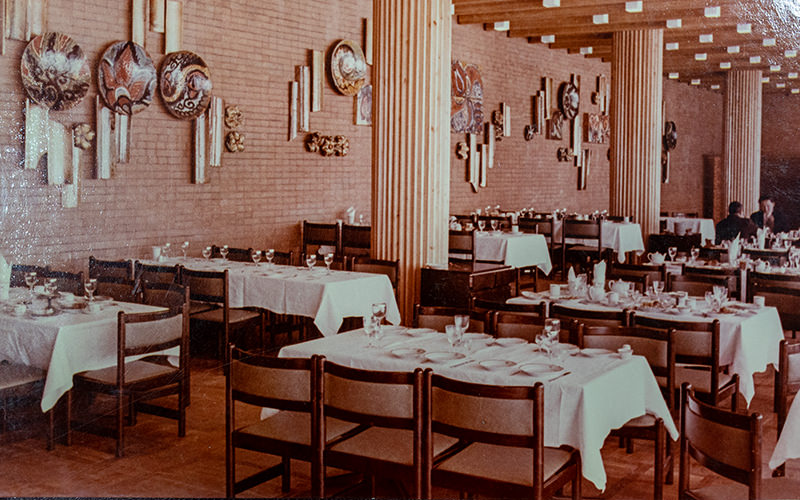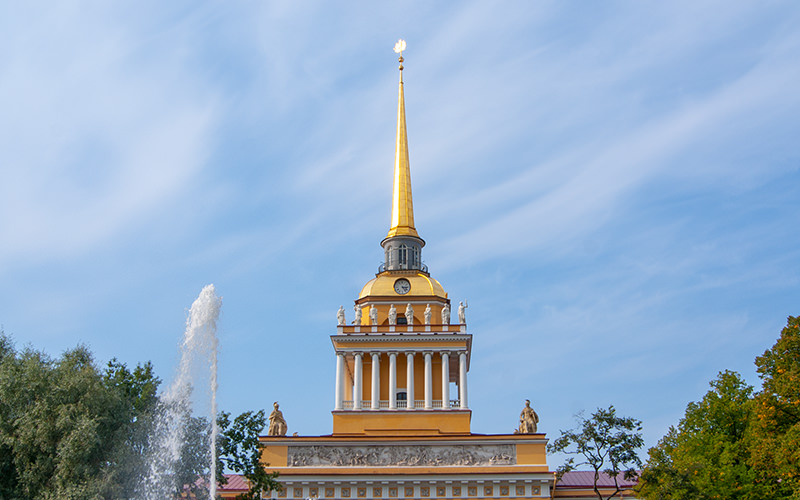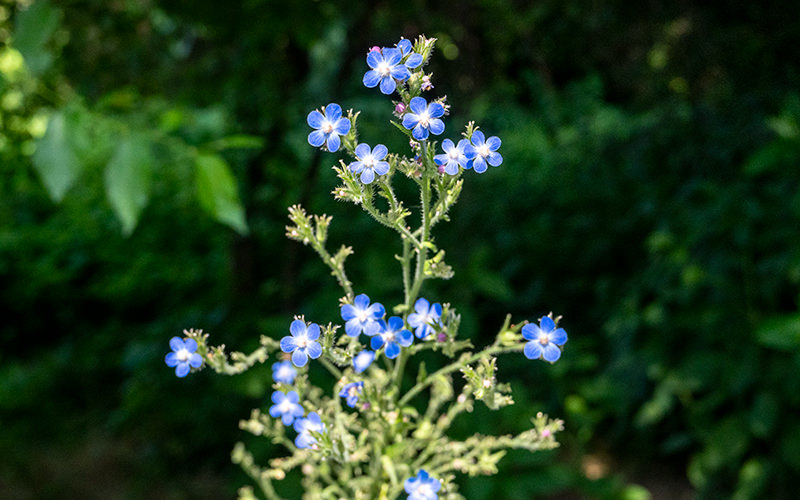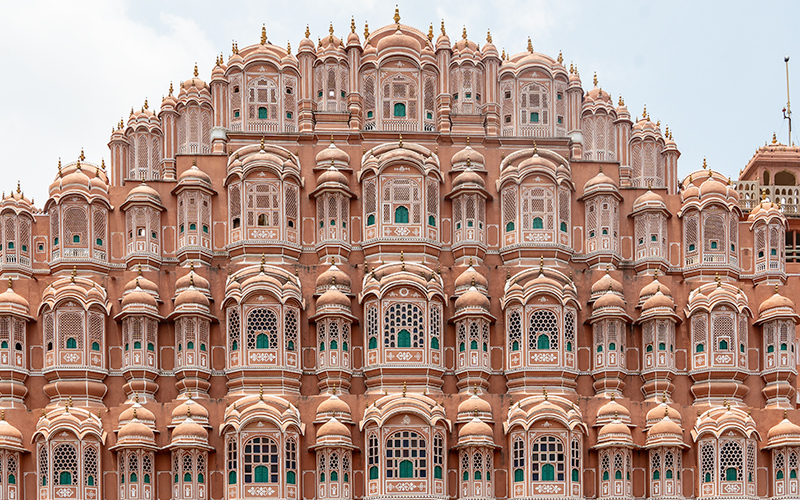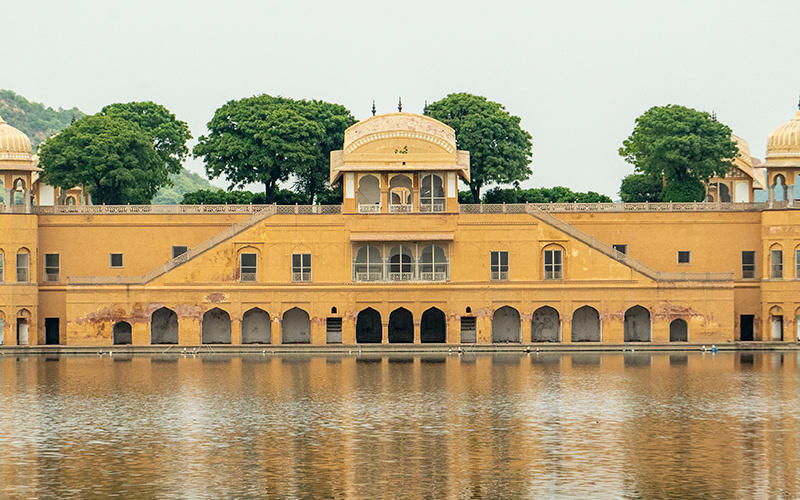On the last day of my trip to Jaipur, India, I went to visit the Galta temple complex. This unusual landmark is about a half-hour drive from the city center. The place is known as the Temple of the Sun God or the Monkey Temple.
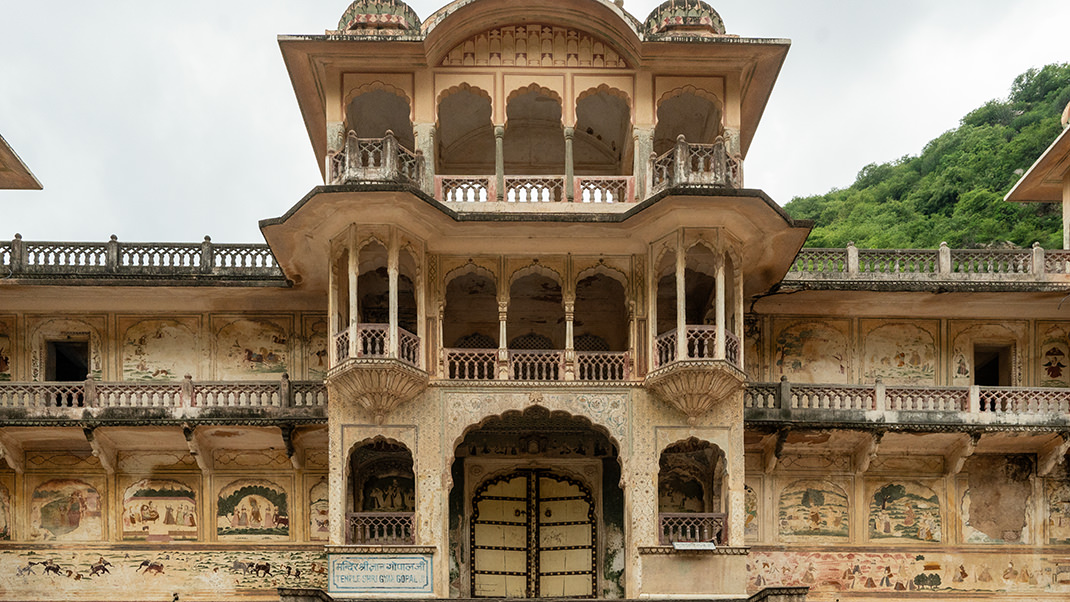
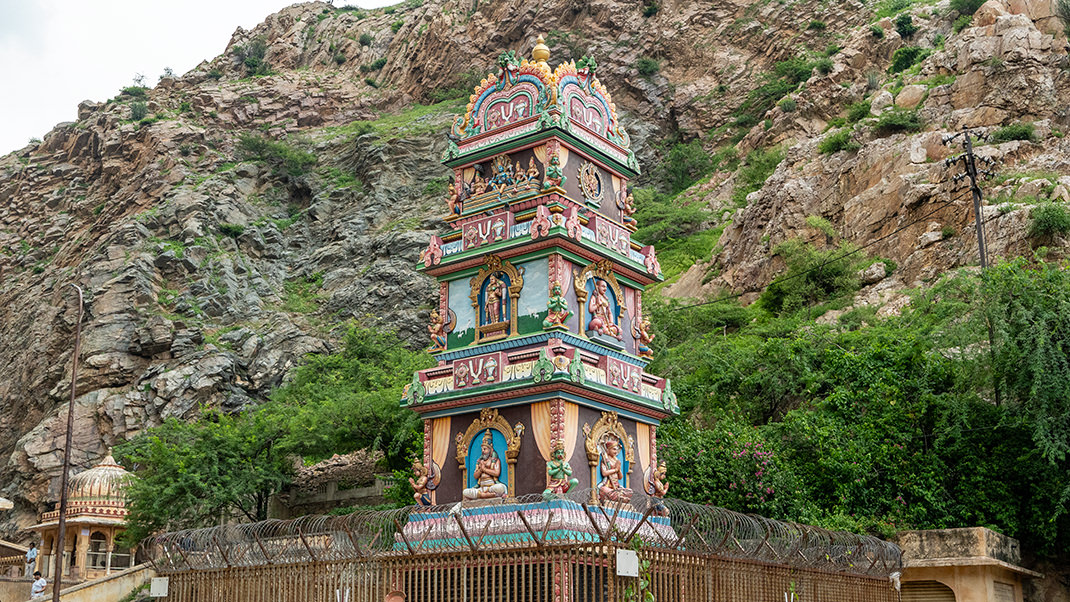
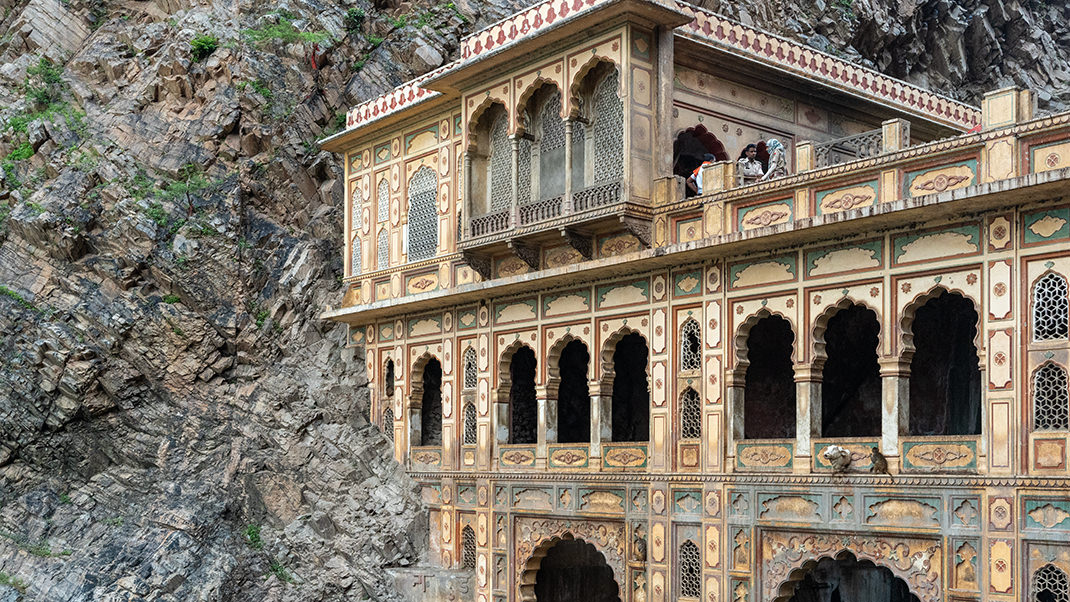
A Walk Through the Monkey Temple
The sacred Galta complex has been known as a retreat for ascetics since the early 16th century. This monkey temple in India is not the only one of its kind. Such sanctuaries, sometimes called "monkey fortresses," are typically dedicated to the goddess Durga. I read that in the past, there were rituals involving human sacrifices to this deity, but over time, humans were replaced by monkeys.
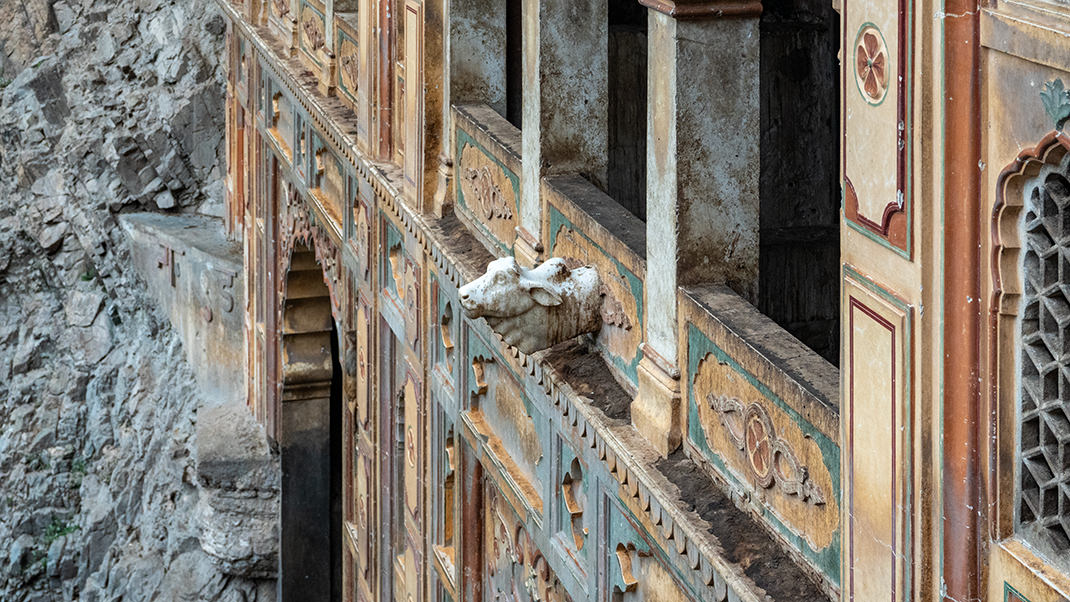
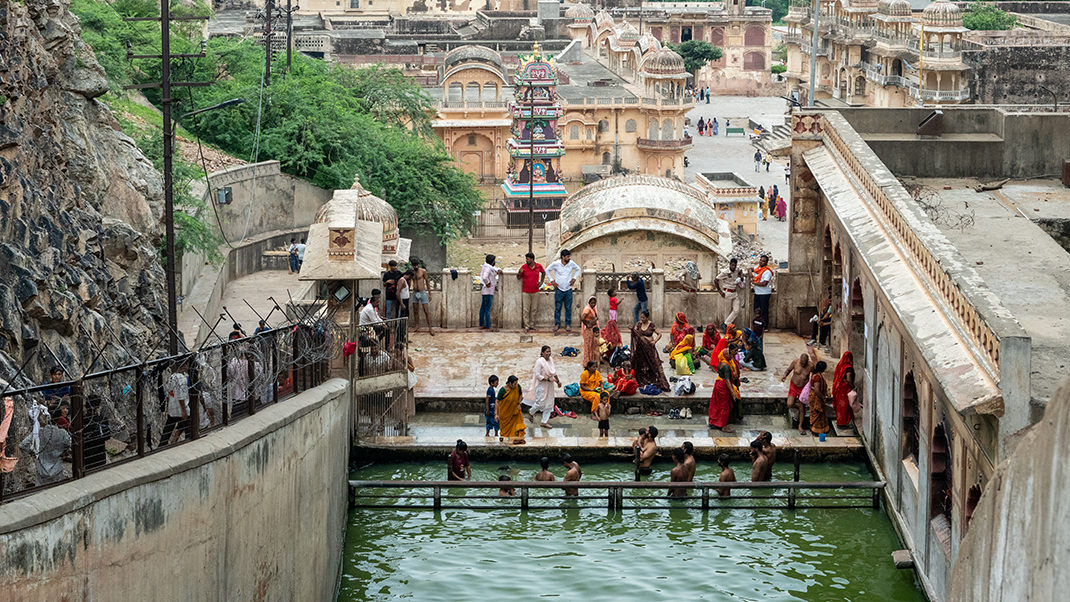
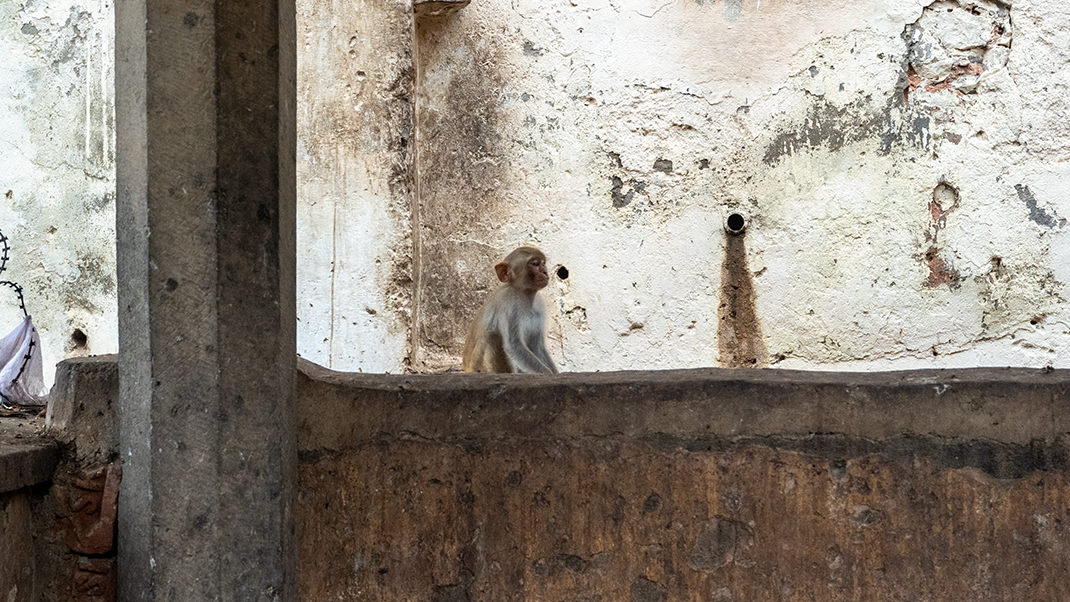
Of course, no bloody rituals are performed here nowadays, but monkeys remain the main inhabitants of such temples. Locals told me that about 5,000 monkeys live in the Galta area. Although monkeys with their offspring can look quite cute at times, it's not recommended to approach them: during the breeding season, they become extremely aggressive. During my visit, one monkey tried to attack a local, and the man had to cool it down with cold water. Another monkey stole a bottle of cola from tourists and poured it from the roof of one of the temples onto everyone passing by.
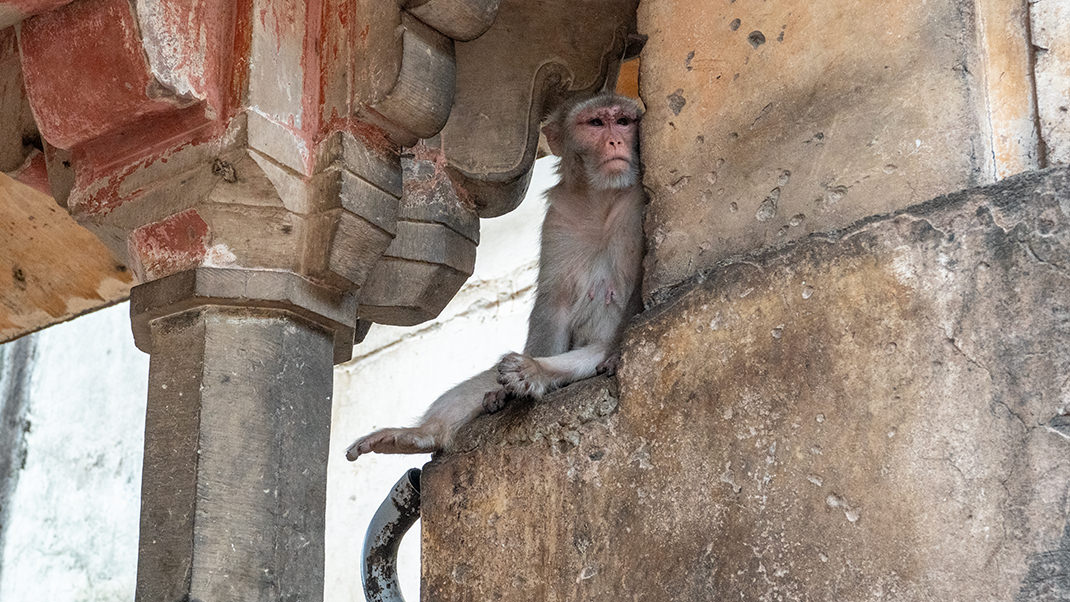
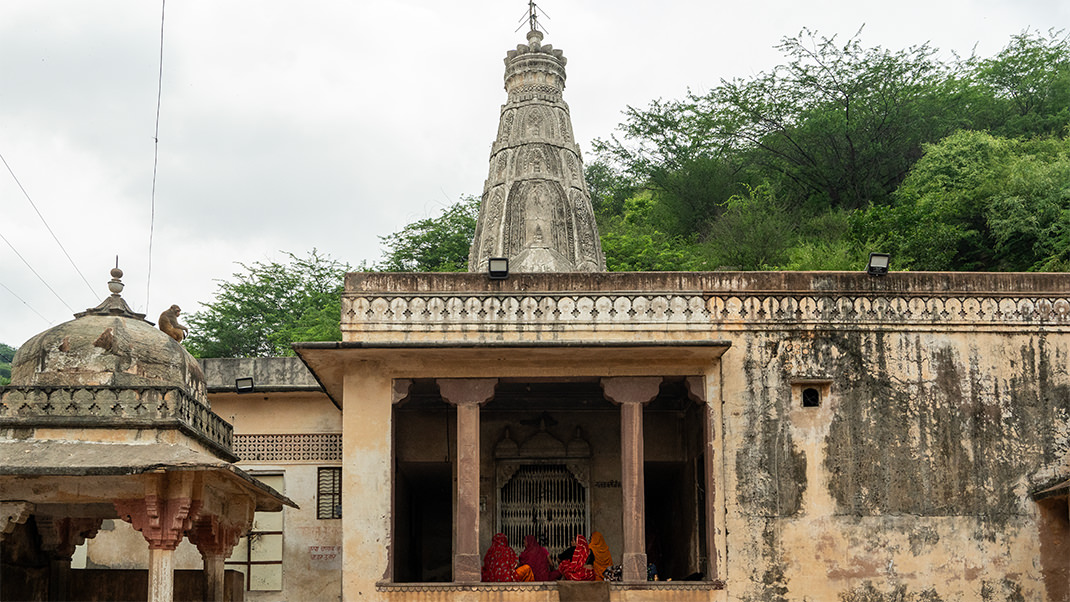
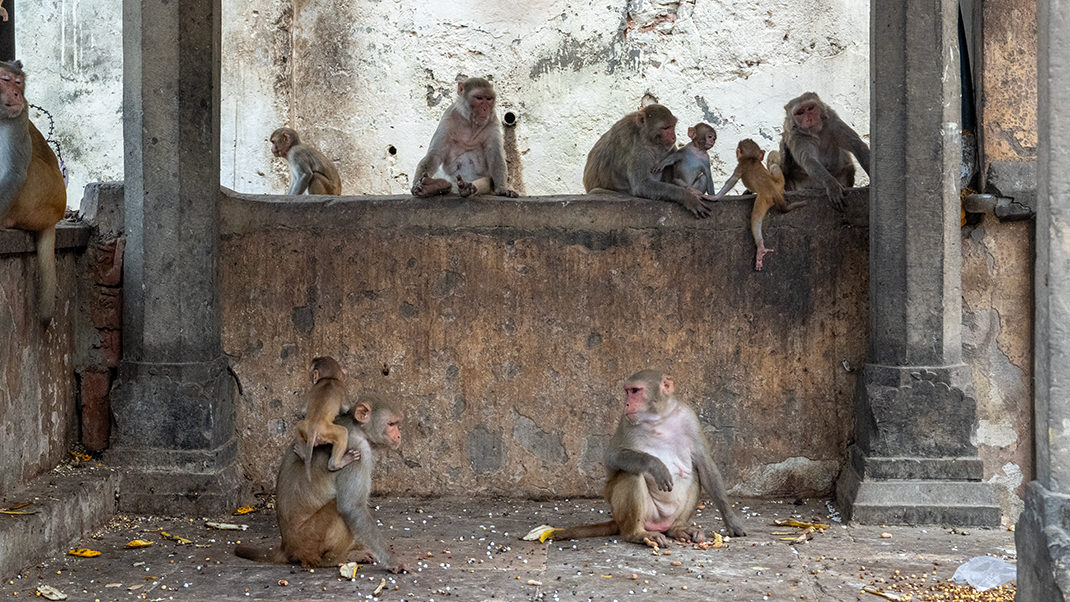
The complex has several buildings. The most interesting one is a small temple located in a narrow gorge. In front of the building, there is a pool with a fountain.
If you go higher, you can see a platform with a pool where pilgrims swim. Locals said that on the day of my visit, one of the Hindu festivals was being held there. For this event, water was brought to Galta from Pushkar, a popular pilgrimage site in Hinduism. Guidebooks mention that sometimes, local daredevils collect money from tourists and organize a dangerous attraction, jumping into temple wells from high 20-meter cliffs.
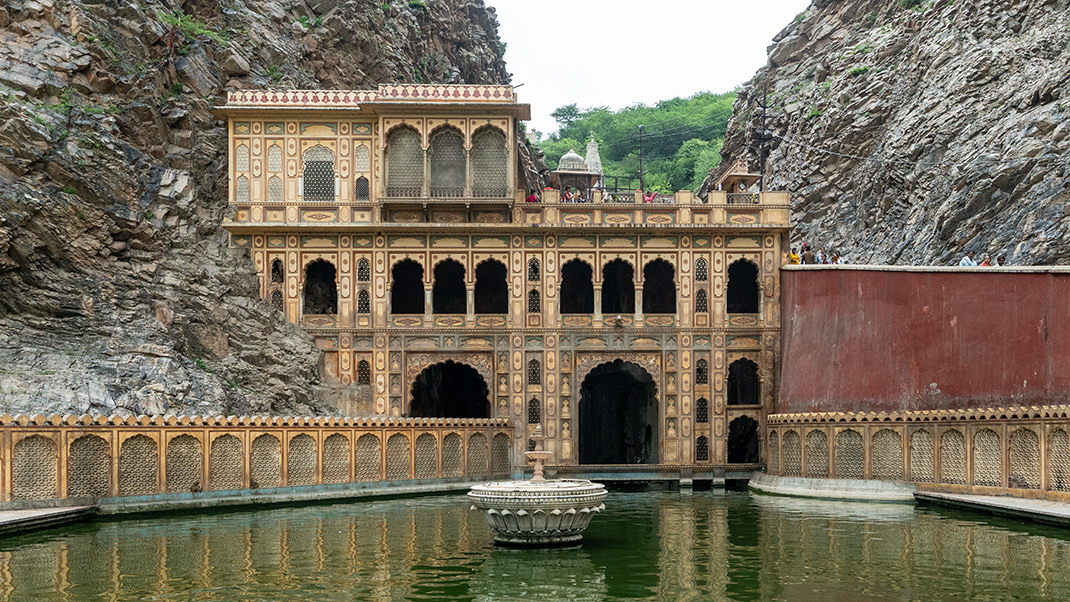
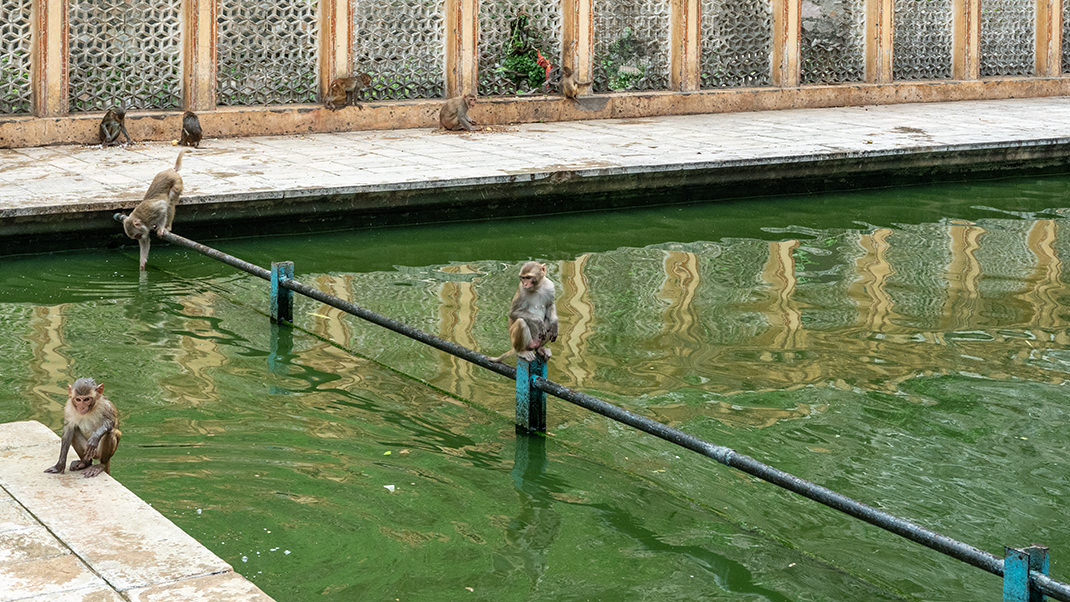
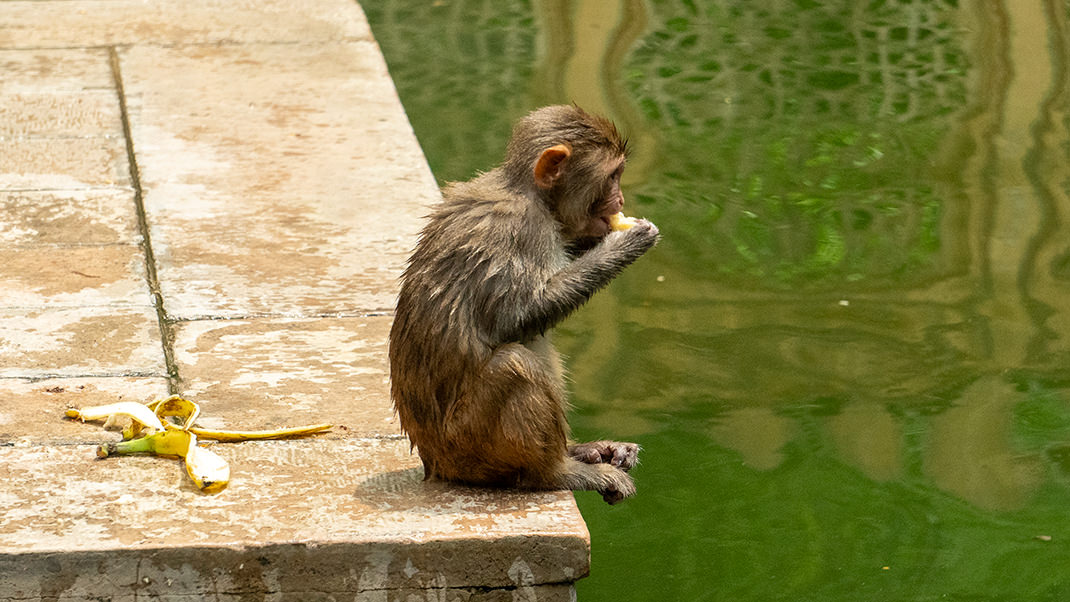
How to Get to the Monkey Temple in Jaipur
We reached the temple complex by taxi. The cost of the Uber ride from Patrika Gate was 346 rupees (summer 2024). The driver asked for 1,000 rupees to take us back, but we decided we could easily find another car. In the end, the same driver waited for us and took the return order. On the way, he suggested paying for the trip at double the rate, but the prices in the app are fixed, so such requests can be simply ignored. The road to the temple passes through non-touristy areas. Those travelers who want to see the dirt and poverty of India will surely satisfy their curiosity during this trip.
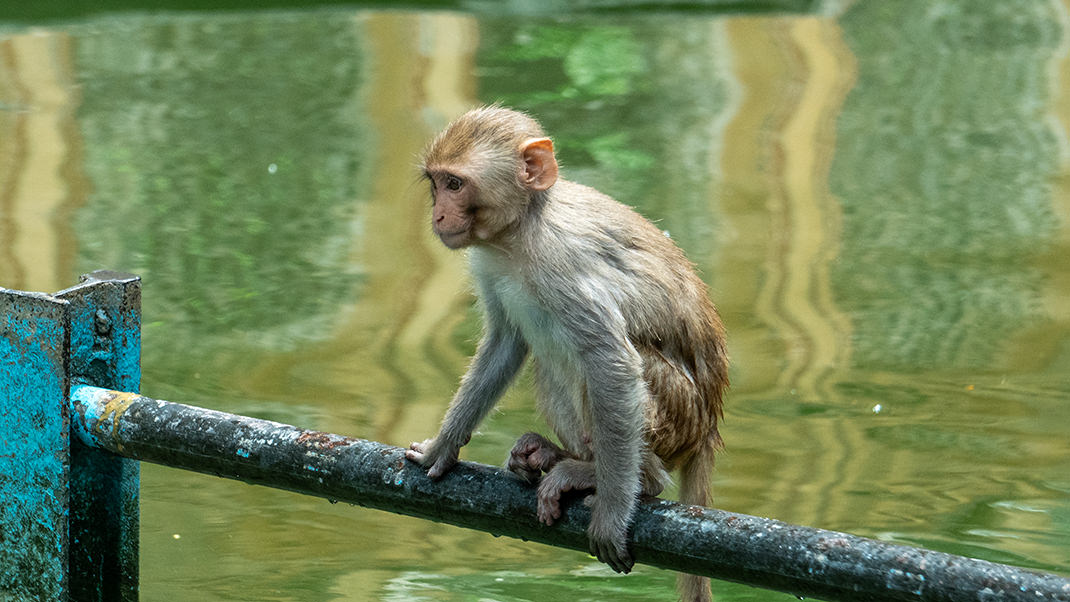
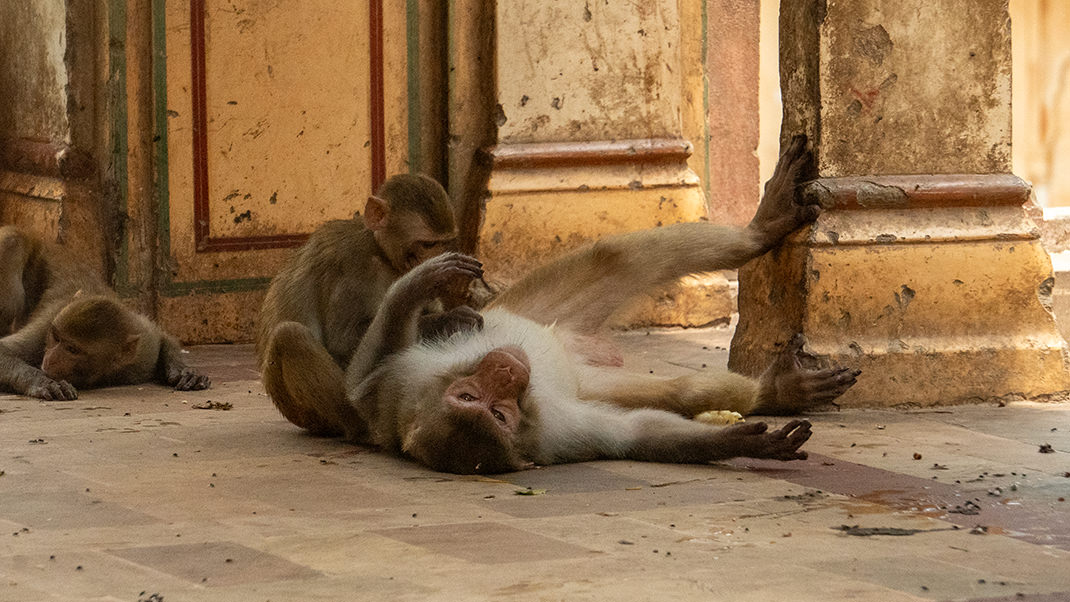
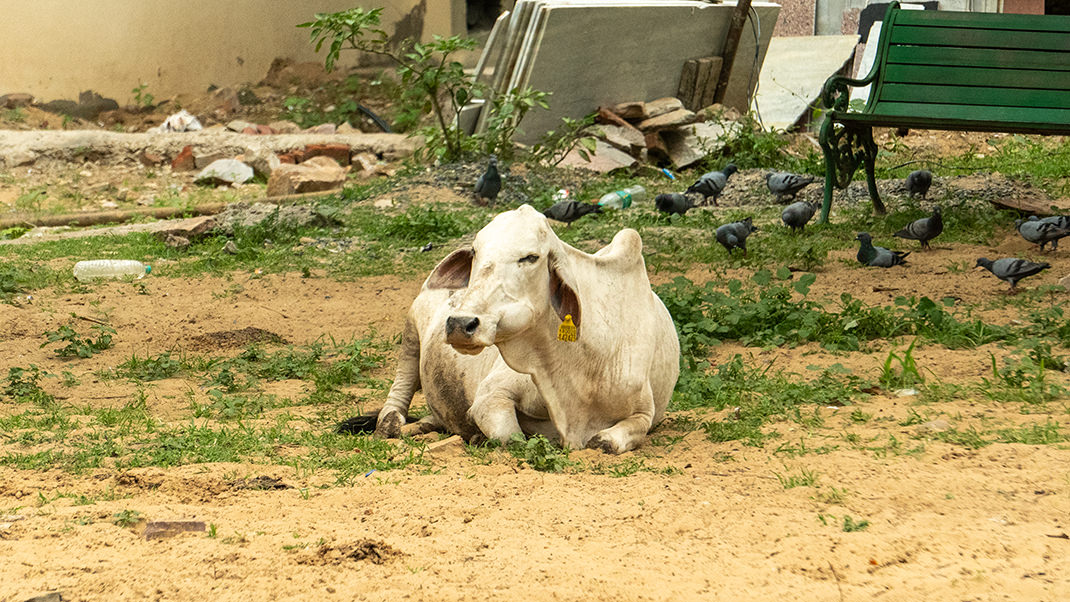
Before the trip, I had read that the entrance fee to the temple was 100 rupees, and an additional 150 rupees were requested for photography. In the end, we paid only 300 rupees for both of us.

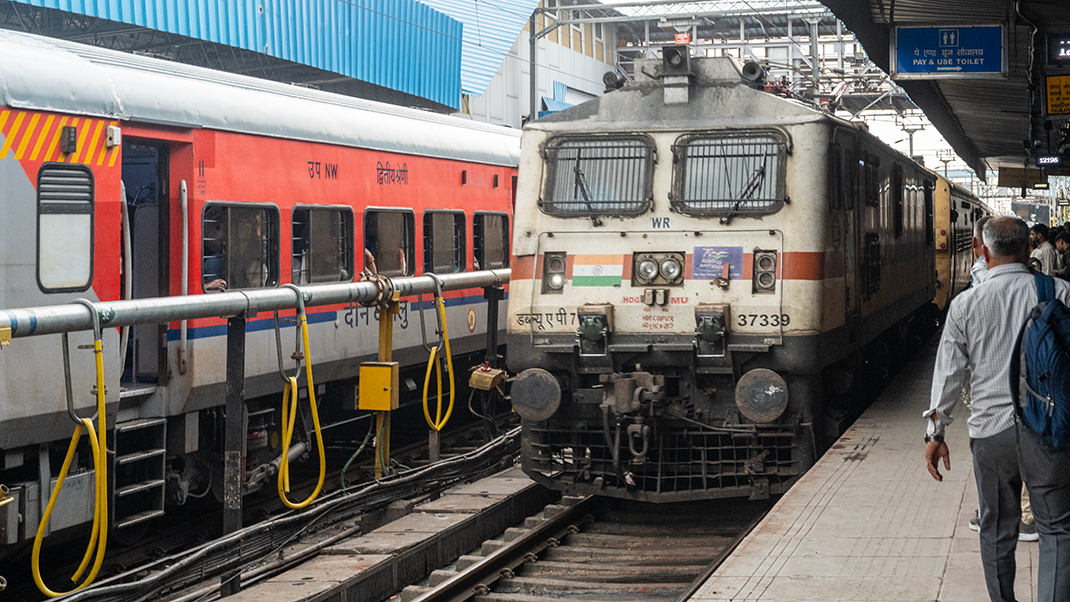
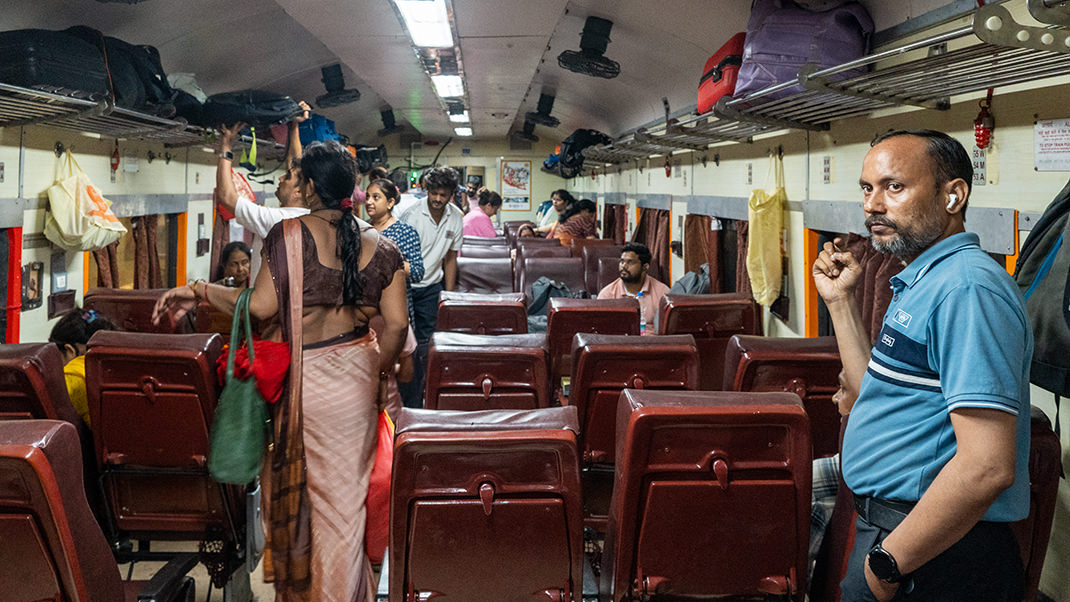
Online maps show that there is another temple higher in the mountains, but we didn’t have time to get to it, as we had an evening trip to Agra, which was the third city on our route through India. My next article will be about the Taj Mahal located there.
Have a nice trip!


